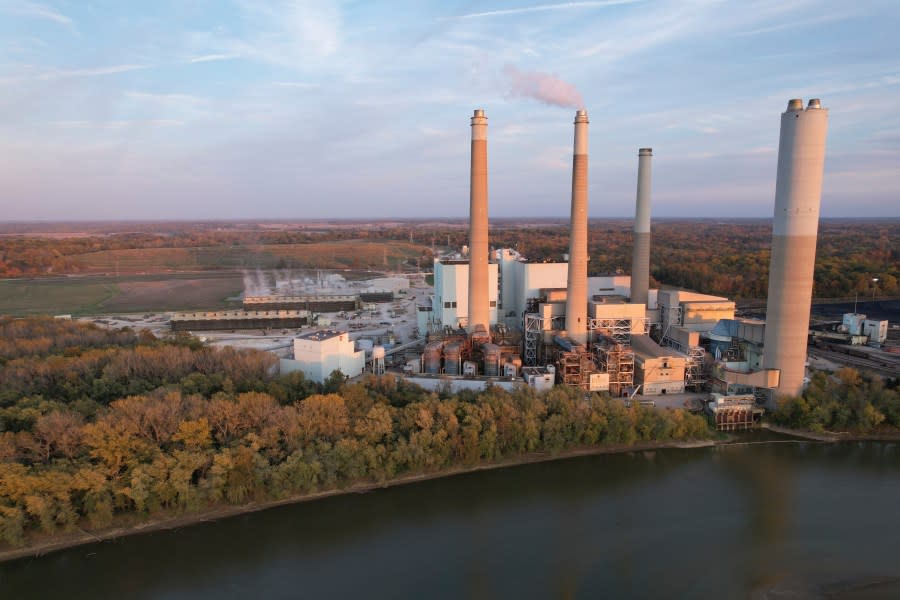The costs of enduring climate change are already six times higher than those for implementing measures to prevent it, a study published in Nature on Wednesday reveals. The researchers projected an average total cost of $38 trillion by 2050 — and that’s the best-case scenario. No matter what actions world governments and businesses take, by mid-century, per-capita global incomes will be 19 percent lower than they would have been in a world unaffected by climate change. This cost could double if the world does not aggressively reduce fossil fuel consumption. “Climate change will cause massive economic damages within the next 25 years in almost all countries around the world, also in highly-developed ones such as Germany, France and the United States,” lead author Leonie Wenz of the Potsdam Institute said in a statement. Those shorter-term damages come from historic burning of fossil fuels, Wenz emphasized. If current burning isn’t rapidly cut down, “economic losses will become even bigger in the second half of the century.” This question of cost is timely: on Tuesday, the Vermont Senate passed legislation that would require the oil industry to help pay for the cost of climate adaptation. “Big Oil knew decades ago that their products would cause this damage,” state Sen. Anne Watson told reporters at the press conference advancing the bill. “It is only right that they pay a share of the costs to clean up this mess.” Meanwhile, in Congress, GOP members are pushing forward legislation to bar the federal government from requiring big companies from reporting their carbon emissions — a pitch they make based on the idea that such a retreat is too expensive for consumers. Many Republican-controlled state legislatures are also pushing to ban the public sector from doing business with banks that have long-term plans to reduce their fossil fuel footprint. Last week, the U.N. climate chief said that rising temperatures and oil use meant that the world had just two years to make the financial and regulatory changes “essential in saving our planet.” Despite growing global concern around climate change, oil and gas burning is now at record levels. To compile their forecast, the authors analyzed data from 1,600 regions worldwide, assessing the impacts of rising average temperatures, fluctuations between day and night temperatures, and the frequency of extreme weather events. The results highlight a stark injustice: countries with fewer resources, which have contributed the least to global warming, will suffer the most from declining incomes. Nations at higher latitudes—such as Russia, Scandinavia, and Canada — might see some economic benefits from climate change, as milder winters reduce heating costs and extend growing seasons. By contrast, countries closer to the equator — including India, Brazil, Nigeria, and much of Africa, Latin America, and Southeast Asia — will face disproportionately more significant economic damages. Those countries will face costs 60 percent greater than the high-income countries — and 40 percent above high emitters like the U.S. and China. But that doesn’t mean the global North will be immune — either from the direct impacts of climate change or the indirect costs. The paper found that even in the best-case scenario, incomes in the U.S. and Europe will face ” a permanent income reduction” of 11 percent by midcentury. In part, this comes from the direct impacts of climate change. Worsening drought, floods and storms will ravage U.S. and European farming regions, and more frequent and intense heat waves will drive up health care costs, as extreme weather spikes the price of insurance. In an interconnected world, impacts on one part of the globe will pull on the rest. U.S. markets and supply chains draw from resources — from chocolate and coffee to wood and minerals — from more afflicted regions. Climate change is reducing both harvests and people’s ability to work outside in ways that will stunt the economies of more prosperous trading partners. Then there is the political impact of what happens as people desert regions that can no longer support them, leading to a boost in humanitarian crises and migration that has already become a potent and divisive issue in the U.S. and European political systems. Finally, the researchers note the disquieting possibility that they have underestimated the costs the world faces: climate predictions, they said, tend to be conservative. And even where they are accurate, changes in average heat or rainfall often conceal an even starker increase in the size and power of extreme events, from hurricanes to heat waves. “Staying on the path we are currently on will lead to catastrophic consequences,” Anders Levermann, study coauthor and a researcher at the Potsdam Institute said in a statement. “The temperature of the planet can only be stabilized if we stop burning oil, gas and coal,” Levermann added.” | 













